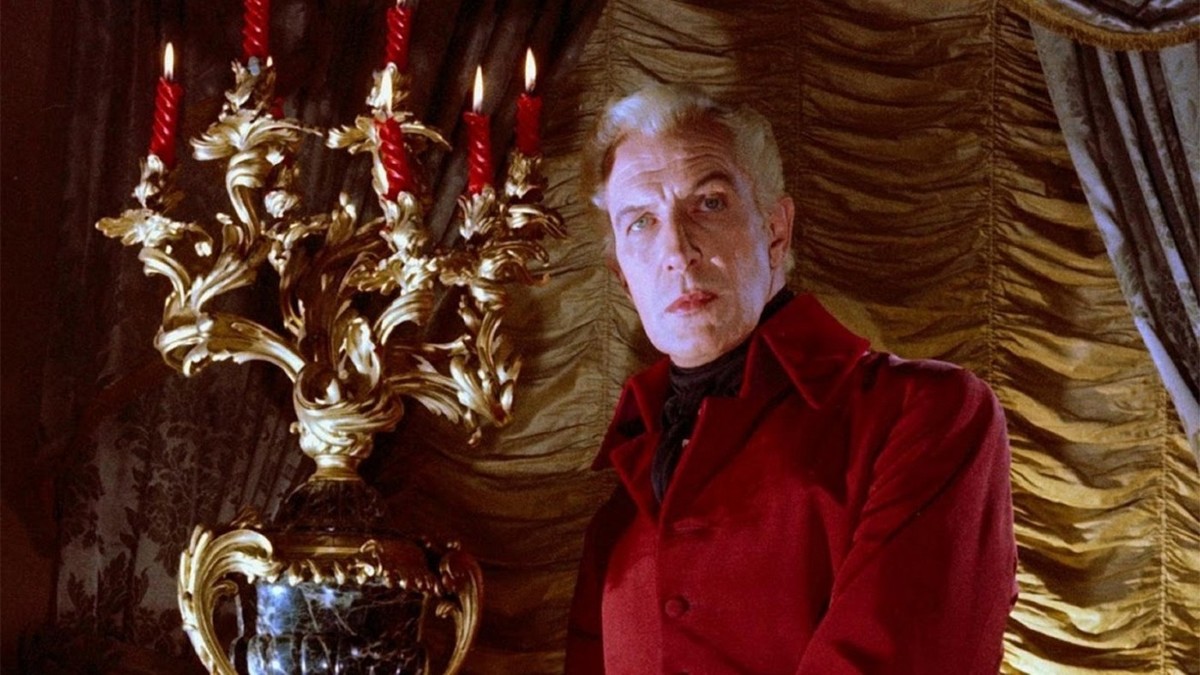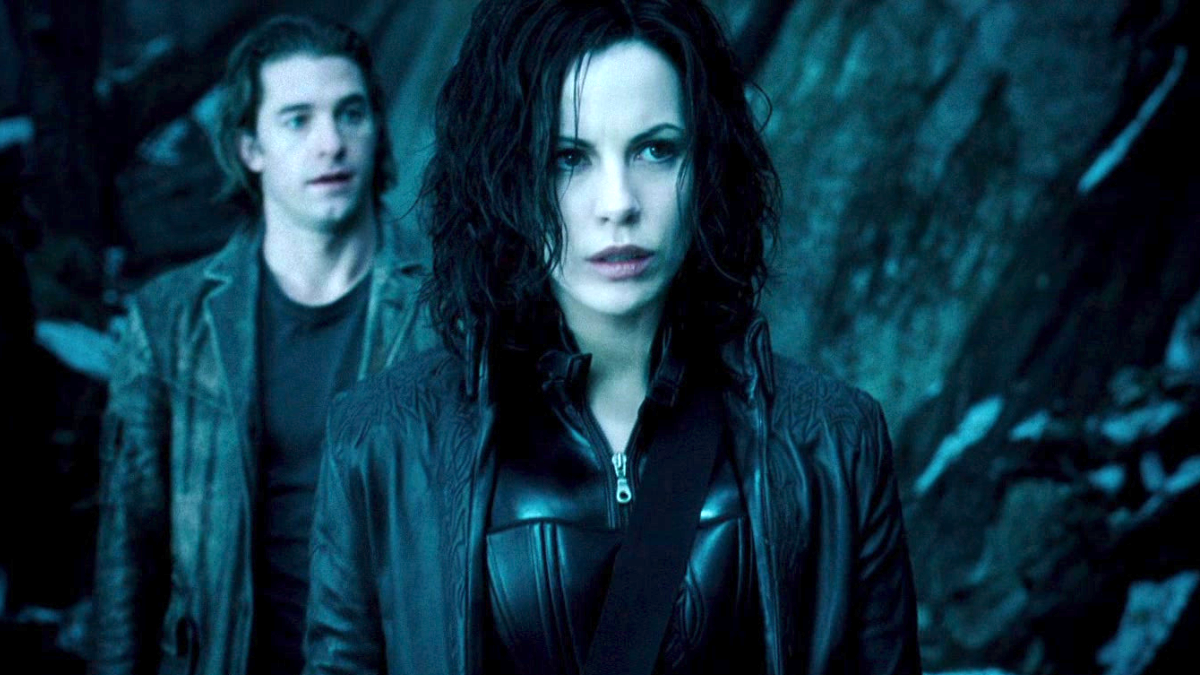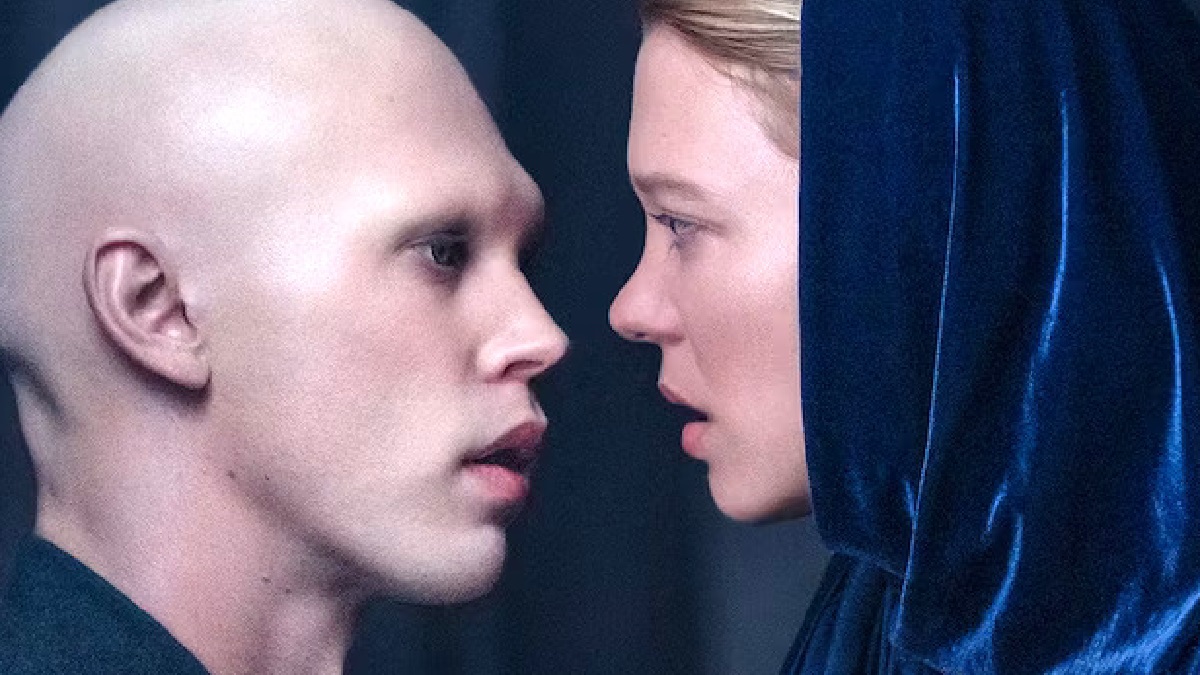Edgar Allan Poe sits atop the list of the most famous American writers of all time. He not only innovated in the development of detective fiction, but he developed a style that was so recognizable that it’s still being emulated by mystery and horror authors nearly two centuries later. Anybody doubting Poe’s lasting influence need only glimpse the list of films that have adapted his stories.
Poe has been a source of Hollywood inspiration since the 1930s, when Universal Studios began turning his macabre yarns into starring vehicles for Bela Lugosi and Boris Karloff. The gambit worked on Depression era audiences, and it’s looking as though it will work on modern audiences when the Netflix adaptation of The Fall of the House of Usher premieres in October.
To commemorate the miniseries, and to get ready for the Halloween season, we decided to sift through the cobwebs and corpses and pick out the best films based on the works of the Tomahawk Man. “Inspired by” doesn’t qualify here; we’re only talking about films that are faithful adaptations.
House of Usher (1960)
Roger Corman is a crucial figure in the history of Edgar Allan Poe adaptations. The independent director stumbled upon a winning formula when he turned the short story “The Fall of the House of Usher” into the low-budget film House of Usher (1960), and proceeded to roll out seven more Poe adaptations over the next several years. The quality of Corman’s adaptations vary, but House of Usher remains a horror classic due to the lush visuals and the chilling lead performance by Vincent Price.
Price plays Roderick Usher, a man who believes his family to be cursed by incurable madness, and is so committed to stopping it that he concocts a devious scheme involving his sister (Myrna Fahey) and her fiance (Mark Damon). Whatever cheesiness House of Usher possesses today is utterly charming, and the film was even placed in the National Film Registry for being “culturally, historically, or aesthetically significant.”
The Pit and the Pendulum (1961)
Corman and Price reteamed the following year for The Pit and the Pendulum, and managed to recapture lighting in a bottle. The film is based on the short story of the same name, which culminates with Price’s character strapping his brother-in-law to a ghastly torture device. Corman leans into the ornate dialogue and the oftentimes dreamlike logic of Poe’s storytelling, and once more, the cinematography nearly steals the show from the actors.
The combination of neon lighting and Corman’s theatrical flourishes proved highly influential on the giallo films that came out of Italy in the subsequent decade. The Pit and the Pendulum would be followed by Corman’s adaptations of The Premature Burial (1962), Tales of Terror (1962), The Raven (1963), The Haunted Palace (1963), The Masque of the Red Death (1964) and The Tomb of Ligeia (1965). They are worth checking out, but for the sake of time (and variety), we suggest starting with the first two.
Spirits of the Dead (1968)
Poe wrote many short stories, so it was only a matter of time before an anthology film was made to capitalize on their brief, punchy impact. Spirits of the Dead (1968) was a very worthy first attempt, especially when you consider the pedigree of the directors involved: Roger Vadim, Louis Malle and Federico Fellini. All three were titans of international cinema, and all three bring panache to adaptations of “Metzengerstein”, “William Wilson” and “Never Bet the Devil Your Head”, respectively.
It’s fascinating to see the different approaches that are taken in quick succession, but the undisputed highlight is Fellini’s section, retitled “Toby Dammit.” He turns the story of an alcoholic actor (Terence Stamp) who encounters the Devil as a little girl with a white ball into a psychedelic nightmare, and the result is one of the director’s boldest swings. Check it out soon if you haven’t already.
Two Evil Eyes (1990)
Another killer anthology. Two Evil Eyes (1990) provided an opportunity for two of the best horror directors of their generation, George A. Romero and Dario Argento, to tribute the writer who influenced their iconic styles. Romero turned “The Facts in the Case of M. Valdemar” into a mesmerizing showcase for Adrienne Barbeau. He dropped the irony and the satire that informs his original works, but there’s still plenty to be enjoyed.
Argento, meanwhile, combines “The Black Cat” with elements of Poe’s other short stories for a disorienting cinematic cocktail starring Harvey Keitel. The director’s visual flourishes are on full display, and Keitel, a master when it comes to enacting male torment, brings the house down with an unhinged performance.
Extraordinary Tales (2013)
Horror fans will find plenty to love about Extraordinary Tales (2013). The animated film adapts five Poe stories, including the aforementioned “The Fall of the House of Usher”, “The Masque of the Red Death”, “The Pit and the Pendulum”, “The Facts in the Case of M. Valdemar” and “The Tell-Tale Heart.” The animation style, overseen by director Raul Garcia, is absolutely stunning, but the real treat is getting to hear genre icons narrate each segment.
Bela Lugosi, Roger Corman, Julian Sands and Guillermo del Toro apply their instantly recognizable voices to the film, and lend a sense of credibility and history, given that the latter two were among the first to act in/adapt Poe stories. Extraordinary Tales is a little over an hour in runtime, so do yourself a favor and knock it out as soon as you can.
Terroir (2014)
A film that flew under the radar, but is well worth checking out. Terroir (2014) is an adaptation of the short story “The Cask of Amontillado”, in which a man decides to take revenge against a friend he believes has insulted him. It’s one of the most psychologically unsettling Poe stories ever written, and writer/director John Charles Jopson does a remarkably good job of bringing these internalized feelings to the screen.
The presentation of Terroir, whether it be the idyllic Italian setting or the emphasis on wine culture, serves as a wonderful counterpoint to the dementedness that eventually manifests thanks to Keith Carradine’s cunning central performance. The veteran character actor has rarely been better.







